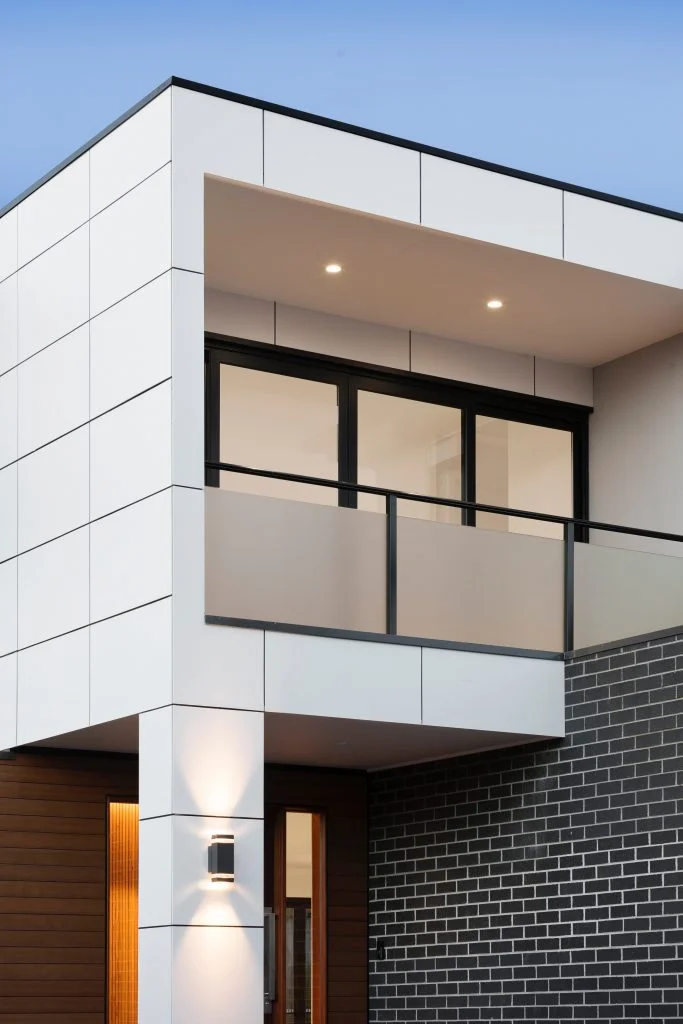Since 2021, specific standards for new construction homes, known as BEN principles, have applied across Europe. Not fully on board with what exactly this means? Read all the answers to the most common questions surrounding a BEN home or BEN apartment here.
What is a BEN home?
BEN stands for “near-energy neutral.” This means that newly built homes are allowed to consume barely any energy for heating, ventilation, cooling and hot water. In addition, renewable energy is used. In this way, Europe wants to make its citizens less dependent on fossil fuels. Green energy sources include a heat pump or a solar water heater. With these it is perfectly possible to heat your house, shower with hot water … Sacrificing comfort is not an issue here.
What conditions must a BEN home meet?
Several conditions are established before you can talk about near-zero energy construction. The most important factor is the E-level (this reflects the energy consumption of a home). For BEN houses or apartments, this may be a maximum of E30. For BEN schools and BEN offices, the E-level may be a maximum of E40. Furthermore, there are restrictions on the S-level and U-value of a BEN home. The S-level says something about the energy efficiency of the “envelope” or walls, floors and roof of a house. The S-level can be a maximum of 28, but the lower the better. The U-value says something about the insulation value of a roof or wall. The better insulated, the lower the U-value. The maximum value varies for each part of the house. For the indoor climate of your home, there are standards for overheating and ventilation. The risk of overheating must be reduced because it can lead to additional energy consumption. The overheating indicator (which indicates how high the risk of your home overheating is) is a maximum of 6,500 Kh. In terms of ventilation, you can choose from 4 legal systems: A, B, C and D. System D means that both supply and exhaust are mechanical, so that is recommended by default. A final condition for a BEN home is the mandatory use of renewable energy sources. The total energy requirement for heating must not exceed 70 kWh/m². Of that, at least 15 kWh/m² must be renewable. As mentioned above, you can install a solar water heater and/or heat pump, as well as a condensing boiler, a biomass installation, PV panels… There are a lot of possibilities, which you can combine with each other.

What are the benefits of a BEN home?
First, there are benefits for you and your wallet. For example, you will save a lot of money on your energy bill – up to 60% per year. Furthermore, a BEN house or apartment is the house of the future. That can count in terms of property value! Furthermore, there are various premiums for near-zero energy construction. At the bottom of this article you will find a tool of the Flemish government to check which premiums you are eligible for. Secondly, a BEN house offers advantages for your comfort. There is less heat loss (useful in winter!) and less overheating (useful in summer!). Good air circulation is also a plus. So you live in a more comfortable home. Third, this form of construction also benefits the environment. You are less dependent on fossil fuels because of the use of renewable energy. So a BEN home has a positive impact on the climate!
Is there a premium available for a BEN home?
Yes, there are several premiums available for a BEN home. For example, you are eligible for a discount on property tax for a low or reduced E-level when renovating or building a new house, or a discount on registration fees when renovating. These premiums come from the Flemish Government. In addition, the distribution system operator offers an E-level premium for newly built homes. Most major banks now also offer a BEN credit. You can ask your bank of choice about the benefits they offer. Want to learn more about near-zero energy building? These links will get you started:
- The Flemish government website covers this topic very extensively: https://www.vlaanderen.be/bijna-energieneutraal-bouwen-ben
- They have also developed a tool that lets you check what premium you are entitled to: https://apps.energiesparen.be/subsidies/subsidiemodule
Curious about what else is new in housing since 2023? You can check that out in this article.







